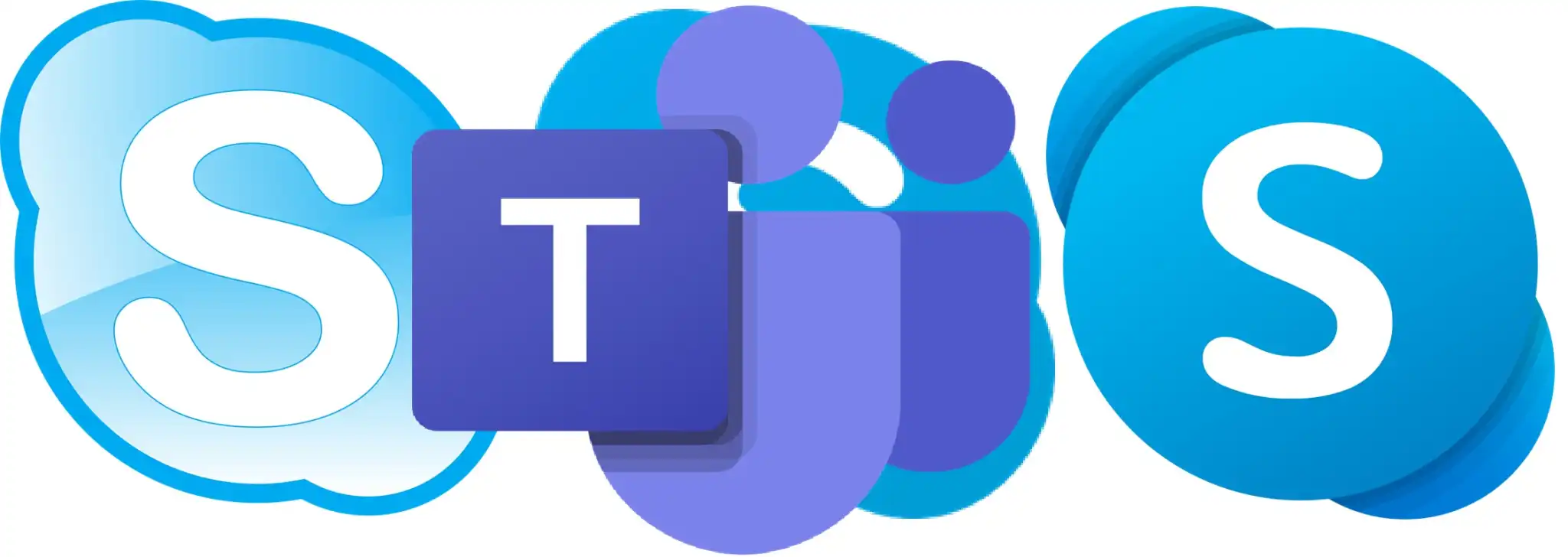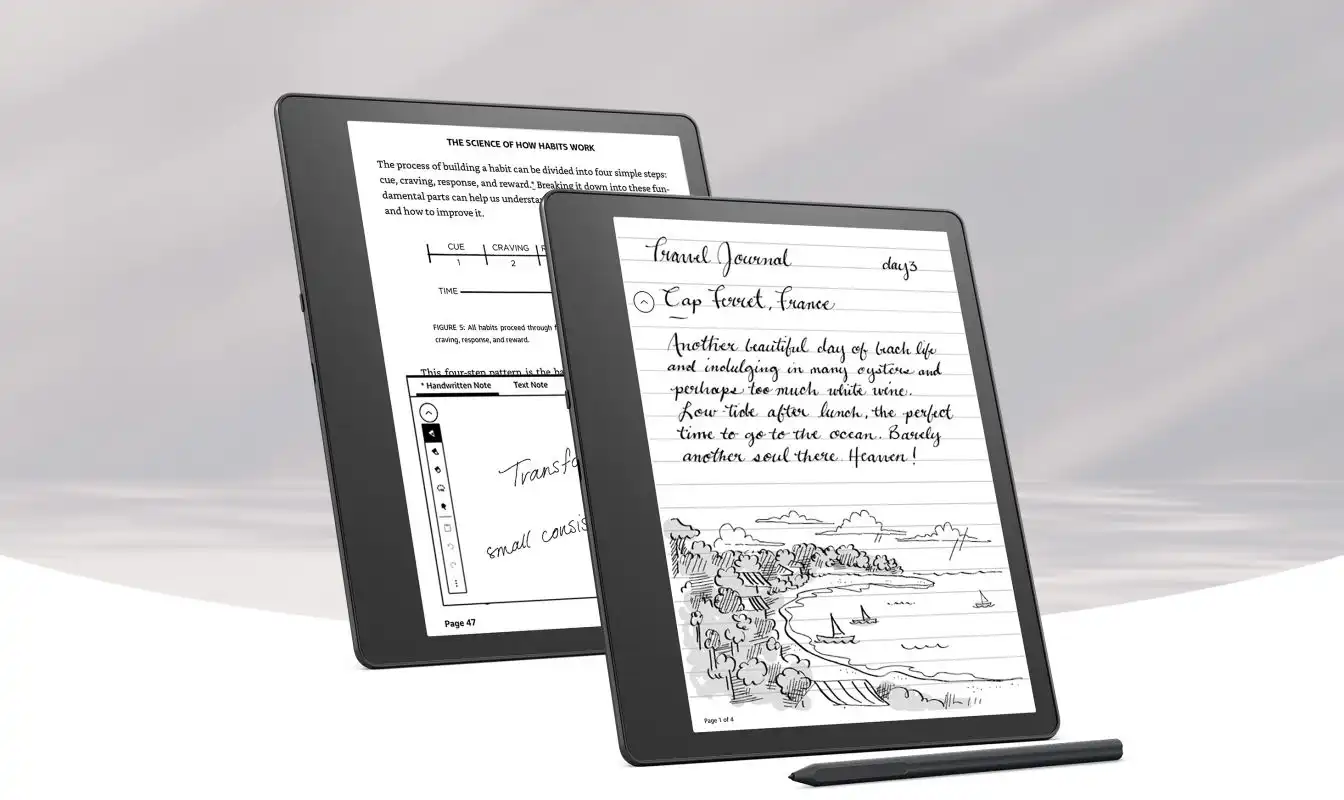
Managing your checking account might seem like a mundane task, but the consequences of neglecting it can extend beyond mere inconvenience. Overspending, particularly when it leads to overdrafts, not only incurs steep fees but also has the potential to adversely impact your credit score. In this financial landscape, overdraft protection emerges as a strategic ally – a service designed to act as a financial safety net. While not without its costs, overdraft protection offers a layer of defense for those who find it challenging to meticulously monitor their account balances. In this exploration, we delve into the intricacies of overdraft protection, examining its purpose, functionality, and the considerations necessary to make informed financial choices.
Introduction:
Keeping a close eye on your checking account balance might seem tedious, but the consequences of overspending can be financially detrimental. Beyond the immediate impact on your wallet, it can also leave a negative mark on your credit score. Enter overdraft protection – a financial safeguard that can help you steer clear of high-cost overdraft fees. While not free, this feature provides an extra layer of defense for those who find it challenging to closely monitor their account balance.
What is Overdraft Protection?
Overdraft protection is a valuable service offered by many banks and credit unions. It serves as a safety net, ensuring your transactions go through even when there aren’t sufficient funds in your checking account. Instead of incurring hefty overdraft fees, this feature automatically transfers funds from a linked savings account or a line of credit. However, caution is advised when linking to a credit card to avoid cash advance fees and high APRs.
How Does Overdraft Protection Work?
Setting up overdraft protection involves linking a savings or money market account, typically with the same bank, to your checking account. Some institutions may also allow the use of a line of credit. Without overdraft protection, transactions with insufficient funds are declined, leading to potential late fees. With overdraft protection, the bank automatically covers the difference, though some banks may round up the transfer amount.
How Much Does Overdraft Protection Cost?
While overdraft fees have decreased or been eliminated by many banks, costs typically range from $10 to $40 per transaction, depending on the institution. Some banks, such as Chase and Wells Fargo, offer overdraft protection at no cost, making it a more economical choice than paying standard overdraft fees. It’s essential to check with your bank or credit union to understand any associated fees related to overdraft protection services.
Pros and cons of overdraft protection
If you’re thinking about signing up for overdraft protection, be sure to weigh the advantages and drawbacks first.
Pros
- You’ll avoid other fees: If your payment is declined, you may end up with a bounced check or unsuccessful debit transaction, resulting in other fees or penalties. Overdraft protection helps you avoid these costs.
- Your payments will still clear if you don’t have enough funds: Some bills can have an impact on your credit score, such as a credit card bill or student loan payment. Overdraft protection helps prevent a late payment from showing up on your credit report.
- It might cost nothing at all: A lot of banks and credit unions offer overdraft protection for no additional charge.
Cons
- Multiple transfers can result in multiple fees: If your checking account processes more than one overdraft protection transfer a day, your bank might charge a fee for each individual transfer.
- Transactions can still be declined if you don’t have funds in your linked account: If you don’t have enough funds in your linked savings account, the transaction will be declined and you could be on the hook for additional fees and penalties.
- It can stop you from managing your funds: Overdraft protection offers peace of mind, but don’t let it prevent you from budgeting. It’s important to regularly review your banking activity to spot fraudulent activity and check in on your spending.
How to prevent overdraft fees
Overdraft protection isn’t your only option for avoiding overdraft fees and fees for insufficient funds. There are plenty of other ways to manage your money:
- Opt out of overdraft coverage: Banks and credit unions can’t automatically charge overdraft fees without your consent. If you don’t want your bank to cover transactions when you don’t have enough money in your checking account, say no.
- Monitor your account balance: Keep a close eye on how much money is in your checking account. With the ease of mobile apps and online banking tools, you can regularly log in to see what transactions have cleared and whether you need to transfer more money into the account.
- Set up low-balance alerts: Most banks and credit unions allow you to set up notifications on your account when your balance dips below a certain threshold. For example, you can sign up for an alert if your checking account has less than $100.
- Avoid autopay for unpredictable bills: While autopay is a convenient feature that can help you never miss a deadline, it’s not always the best route for variable expenses. For example, if your gas bill looks different every month, it might be better to set a reminder to manually pay it in your calendar.




